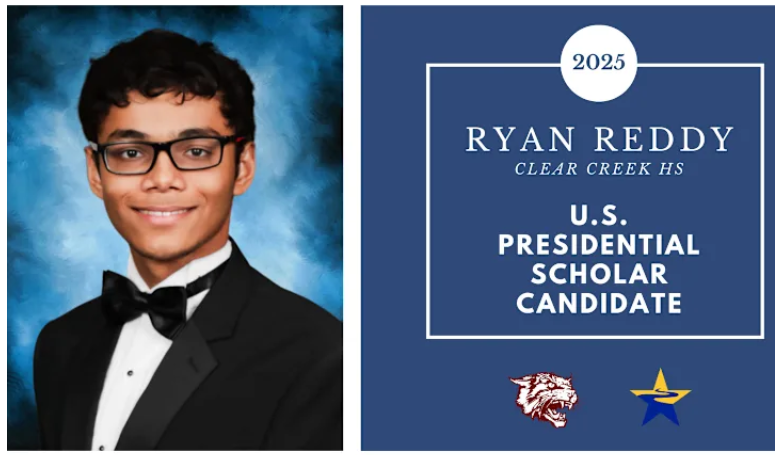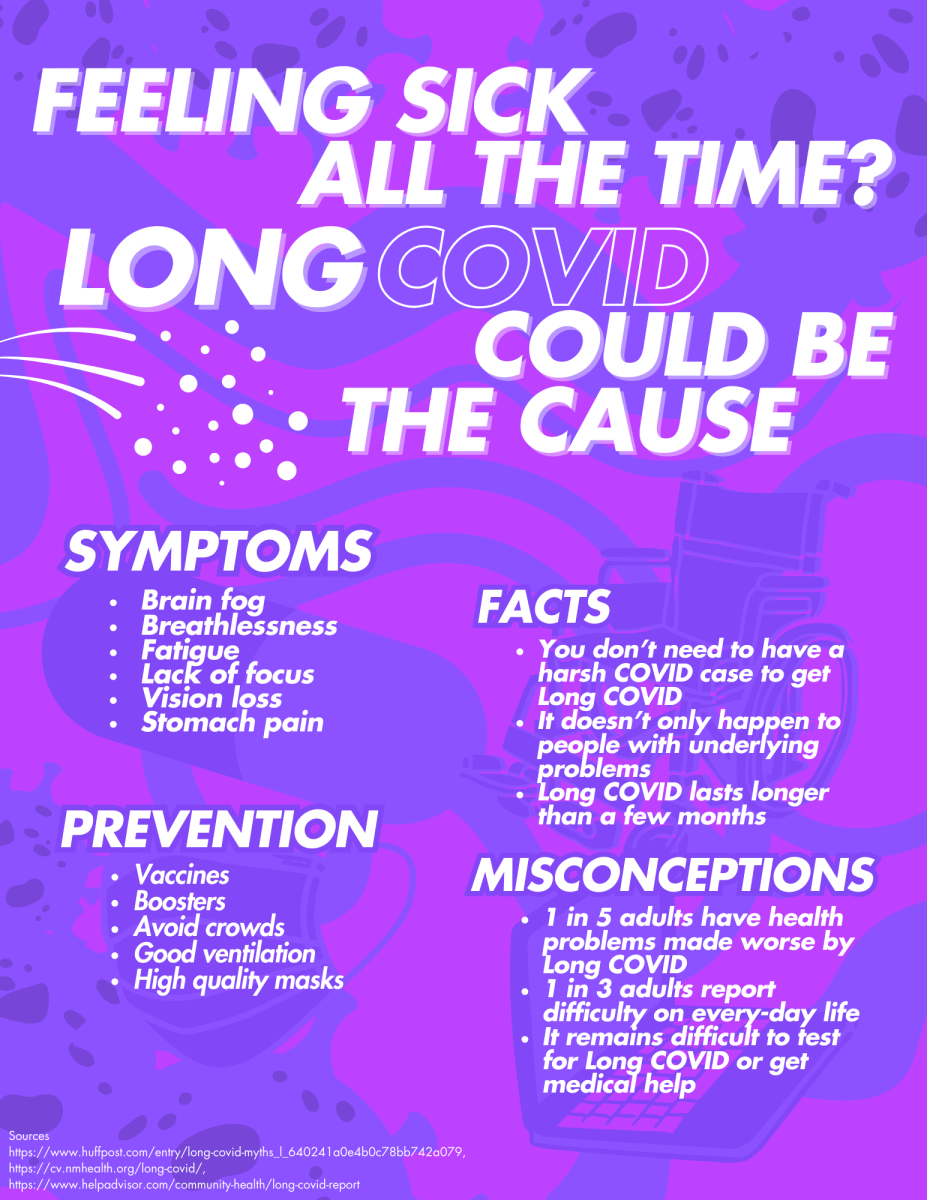Hot or Not: Serial Killer Edition
December 6, 2022
Ted Bundy. Jeffery Dahmer. Richard Ramirez. Do any of these names ring a bell? Those names are most often used when talking about America’s most prolific killers. Thanks to the globalization of internet and media, these names have reemerged, showered in public attention, and had their status’s escalated from unknown offender to notorious criminal. The media and social media apps have permitted the romanticizing of serial killers, explicitly Ted Bundy, to transpire, which not only insults victims but also creates a toxic mindset in younger audiences on what a healthy relationship should look like.
It’s fathomable, and even widely acknowledged as ordinary to consider a celebrity or performer attractive, but where must the line be drawn? People are morbidly inquisitive about serial killers, they enjoy watching movies and shows made about them, something that is considered normal in society.
“Call me crazy but Ted Bundy is hot,” and “The fact that I fancy Ted from the Bundy tapes seriously concerns me.” Subsequent to the new release of Netflix’s movie about Ted Bundy, starring Disney Channel Heartthrob, Zac Effron, as Bundy, those remarks are not unusual to social media platforms, more specifically Twitter. Netflix’s film, “Extremely Wicked, Shockingly Evil and Vile” made an average net profit of $9.8M. Netflix cast Effron as the lead to gain the attention of a large young female audience. However, by starring many teenagers celebrity crush as Bundy, it makes it hard to remove the image of him from his role in High School Musical while he plays a dangerous serial killer, giving mixed messages to the audience about how they are supposed to view Effron and in turn, Bundy himself.
The movie displayed from the point of view of Bundy’s girlfriend, paints him in a positive light as an average, gentle, and considerate man who could never commit such heinous delinquencies. One viewer, Allison Wargo, stated her judgements about the movie in that, “it was difficult to view him as a serial killer, and his role as a villain was incredibly sexualized, which created a huge fandom behind it making girls want a serial killer as a boyfriend.”
Young girls, whom are part of the targeted audience, are highly susceptible to the impression that serial killers can have a soft and caring side. This endorses the thought that it’s probable to alter a man like Bundy into a better person and reaches the point that it becomes a corrupt quixotic fantasy of theirs. When in reality if they came across a real serial killer, they would likely be dead before even attempting to establish a relationship.
According to Scott Bonn from Psychology Today, “Serial killers do horrible things to innocent people. Ted Bundy and Ed Kemper, for example, raped, tortured, and killed their victims, and then engaged in necrophilia and dismembered the corpses.” Why is it then that girls adore role-playing as their victims on Tik-Tok? Katherine Ramsland said that “this hyper-fascination with killers like Bundy grows from media portrayals of him as a handsome, articulate man who could sometimes be gentle and caring,” which appeals to the women that have been abused and produce a dissimilar reality to make them content. As these women crave loving someone that can’t give them a regular affectionate relationship, it makes toxic relationships look all the more enticing. Hybristophilia, also known as Bonnie and Clyde syndrome, is when someone is attracted to another that commits crimes, this plays a part in this. In that, people who are attracted to others that have committed atrocious crimes are more likely to become attached to serial killers.
This large-scale fascination and romanticization is not an event that just started popping up in the twenty-first century. Back when Bundy was on trial in the 70s, he had a dedicated fan club that would visit him and send him love letters and gifts. He even later went on to marry a member of the club, Carole Boone, who was convinced that he did nothing wrong and even testified for him. However there has been a reemergence in serial killer lovers that has become more widespread and common to see on sites like Twitter and Instagram. There are even teens on Tiktok, who roleplay as victims and significant others to killers such as Dahmer, Ramirez and Bundy. They pretend to get attacked, abused and chased yet display this as a romantic endeavor to their audience.
Just like the common proverb, “he’s not real; he can’t hurt you,” some people try to defend their opinions and themselves by rationalizing that the killer is six feet under, so it’s not harming anyone. Cristine Sarteschi believes that, “it’s a very safe thing to put a tweet about someone who’s dead and say he’s hot.”
Contrary to those beliefs, by giving them the attention that they desire and even occasionally kill for, it’s hurting the victims and the surrounding people twofold. How do the families and friends of the victims, or even people who lived in an abundance terror because of these slaughterers, feel when they view young adolescent girls’ thirst over the very monsters that ruined their lives? By immortalizing the killers through the mass media and giving them an infamous status that will guarantee their names are remembered through the decades, the victims fade away, forgotten by all but those who knew them.
Nothing anyone can ever say or do will change these opinions on their attraction to such fiends. That does not mean that there’s no method to help avert the spreading of these messages. Next time a Tik Tok, a Tweet or even a post pops up, promoting the glamorizing of a criminal, hit the report button. The block button works just as well. People should emphasize the reporting of anything distributing the message of rhapsodizing killers, particularly amongst the media, in order to avoid the harming of victims and their families and help prevent the spreading of this unhealthy idea of romance in the youth.








